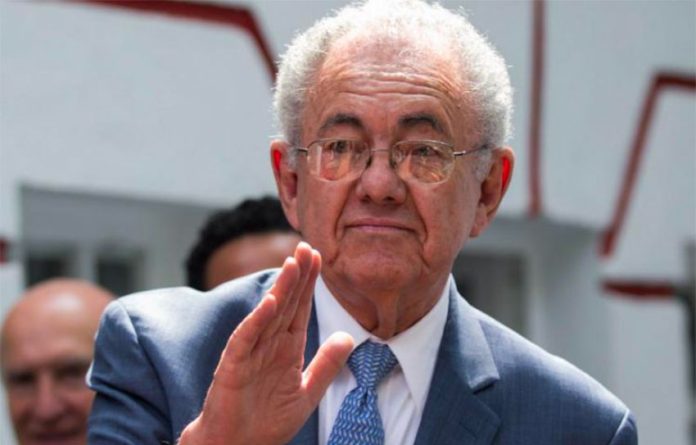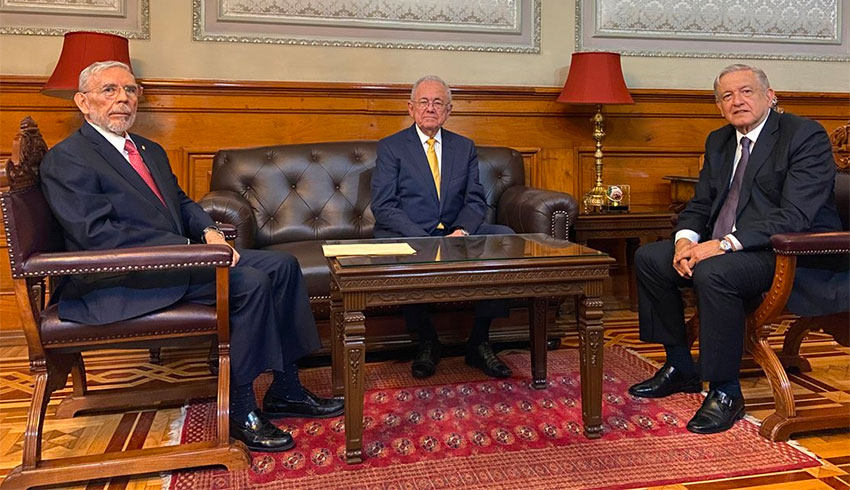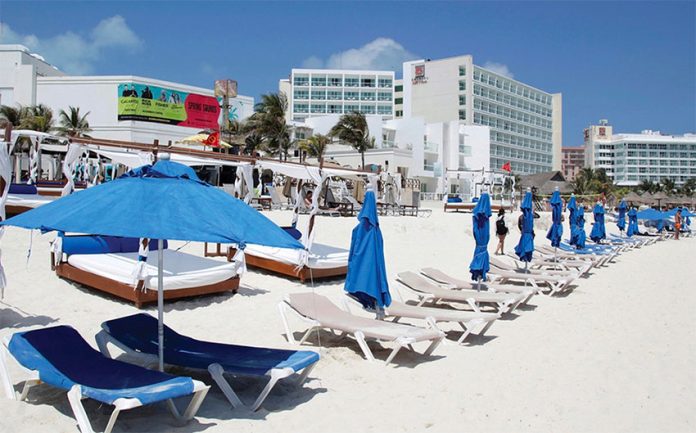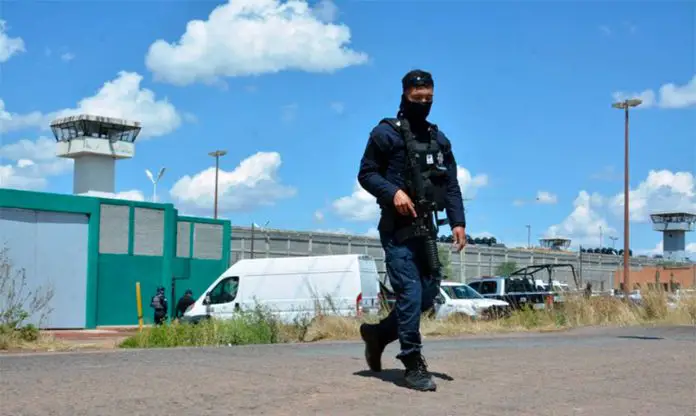The tlayuda, a Oaxacan dish made with a large tortilla filled with refried beans, cheese and meat, has been crowned the best street food in Latin America among Twitter users who voted in a poll by the Netflix streaming service.
The contest was part of a promotional campaign coinciding with the July 21 launch of the Netflix series Street Food: Latin America, which takes viewers on a gastronomical tour of six countries, exploring their cultures through traditional dishes.
The tlayuda went up against choripán (Buenos Aires, Argentina), acarajé (Salvador, Brazil), ajiaco (Bogotá, Colombia), ceviche (Lima, Peru), and stuffed potato balls (La Paz, Bolivia).
Only the tlayuda, ceviche — fish cured in lime juice — and choripán — a dish made of grilled chorizo and bread — made it to the semifinals of the 24-hour contest.
While the tlayuda trailed ceviche at noon yesterday, it managed to rally and win the competition with 46.8% of the vote, and was declared the winner shortly after 7 p.m..
Ceviche came in second with 45.3%, and choripán was the favorite of just 7.9% of the 802,095 people who participated.
The Mexican government, the governor of Oaxaca and the United States Ambassador to Mexico, Christopher Landau, all urged their Twitter followers to cast their votes for the Mexican entry, and when the news broke that the tlayuda had won broke, social media was flooded with celebratory memes.
What makes the tlayuda so special? Chef and culinary historian Rodrigo Llanes told the newspaper El País that the tlayuda is a bridge between pre-Hispanic and European culture, calling it a “magical” culinary creation.
“I do not disqualify the other candidates, but I maintain my preference for the Oaxacan entry for its historical tradition that does justice to native peoples, for its flavor that is emblematic of mestizo gourmandise, and for its size, which makes it a dish to share,” he said.
Source: El Heraldo de México (sp), El País (sp), Diario de Yucatán (sp), Milenio (sp)









